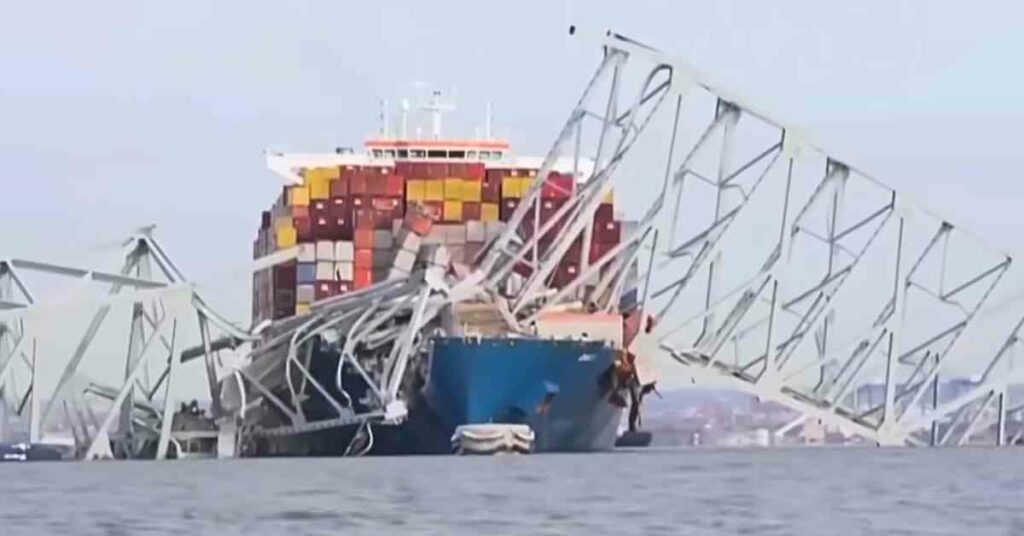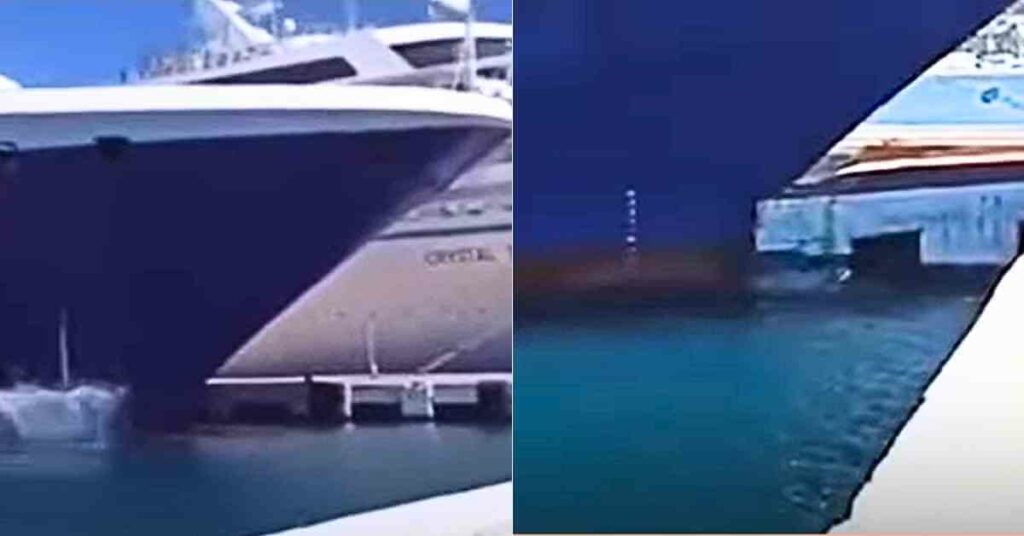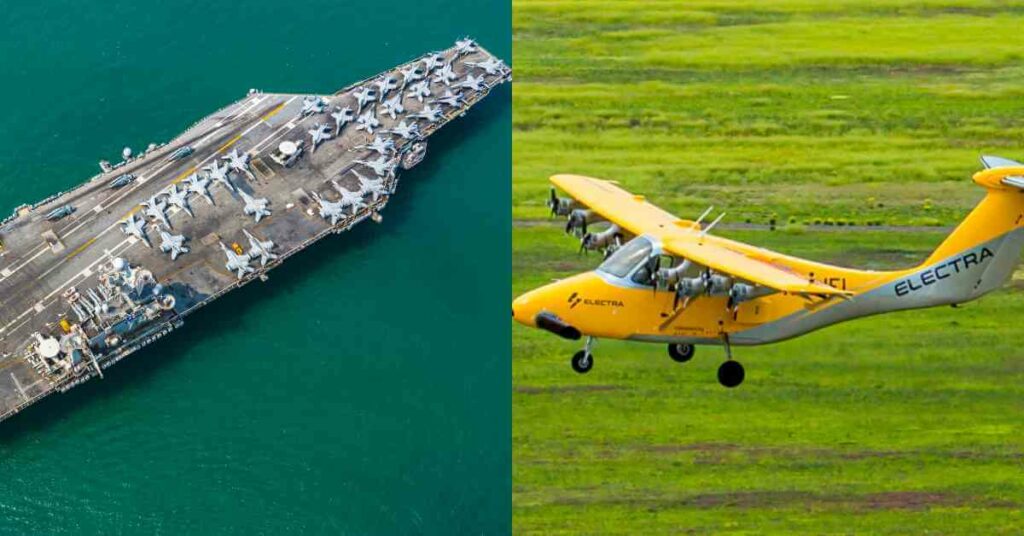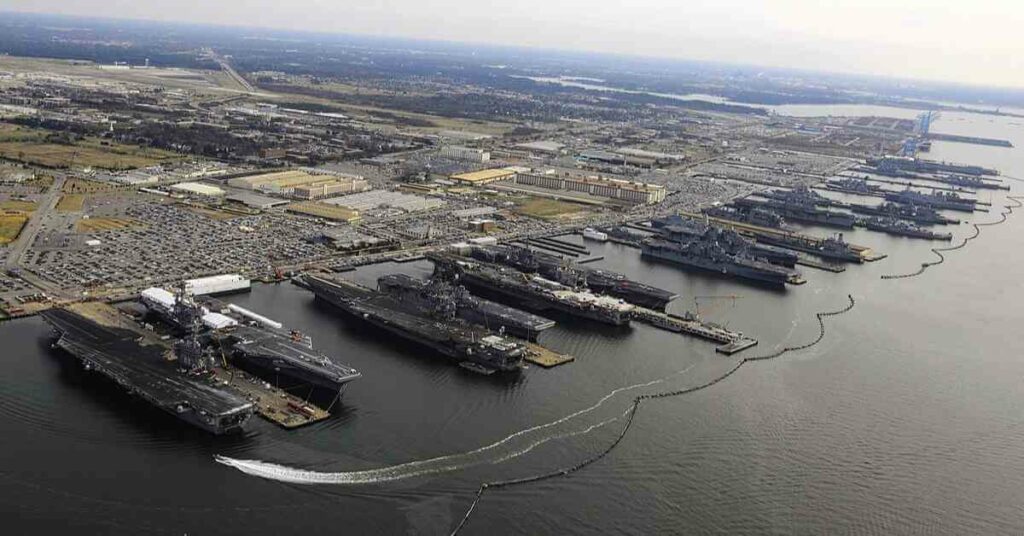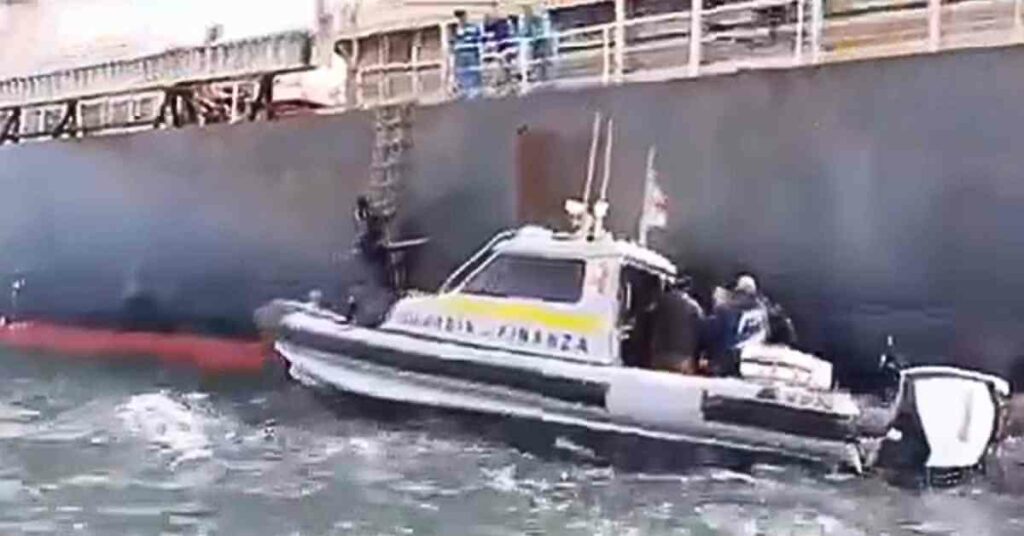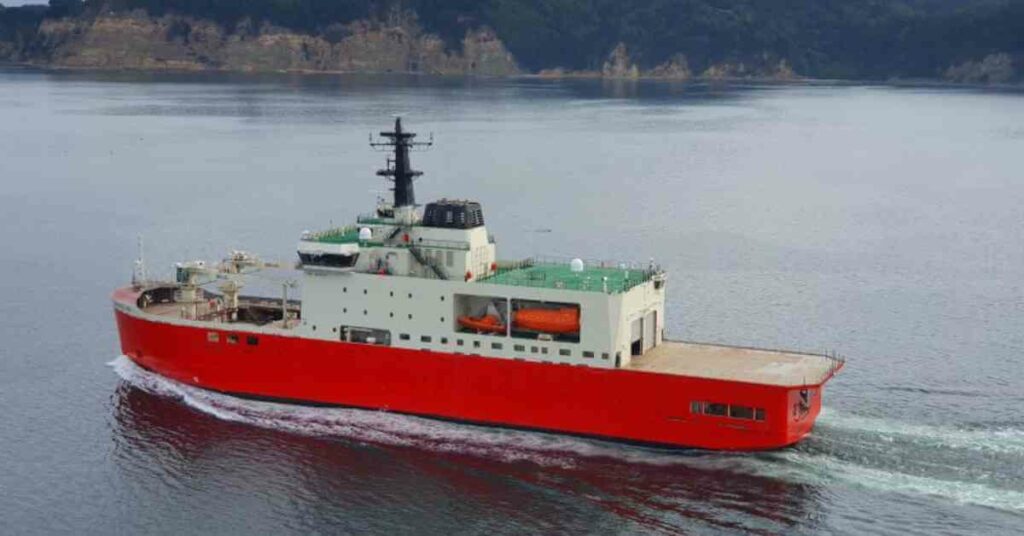The Ocean Cleanup Successfully Catches Plastic In Great Pacific Garbage Patch
The Ocean Cleanup, the Dutch non-profit organization developing advanced technologies to rid the oceans of plastic, announces that its latest ocean cleanup prototype system – System 001/B – is successfully capturing and collecting plastic debris.
After one year of testing, the organization’s engineers have succeeded in developing a self-contained system in the Great Pacific Garbage Patch that is using the natural forces of the ocean to passively catch and concentrate plastic, thereby confirming the most important principle behind the cleanup concept that was first presented by its founder and CEO, Boyan Slat, at a TEDx conference in October 2012.
Launched from Vancouver in June, System 001/B is The Ocean Cleanup’s second attempt to prove its concept of collecting garbage from the Great Pacific Garbage Patch, the largest accumulation zone of plastic in the world’s oceans.
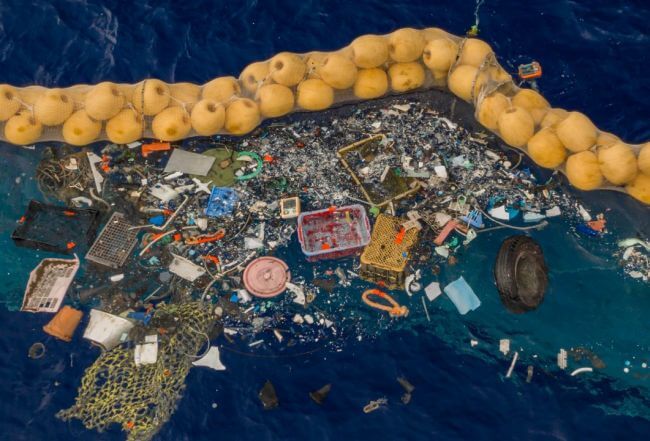
In addition to collecting plainly visible pieces of plastic debris, as well as much larger ghost nets associated with commercial fishing, the latest system has also successfully captured microplastics as small as 1mm – a feat the team was pleasantly surprised to achieve.
“After beginning this journey seven years ago, this first year of testing in the unforgivable environment of the high seas strongly indicates that our vision is attainable and that the beginning of our mission to rid the ocean of plastic garbage, which has accumulated for decades, is within our sights,” said Boyan Slat, Founder and CEO of The Ocean Cleanup. “Our team has remained steadfast in its determination to solve immense technical challenges to arrive at this point. Though we still have much more work to do, I am eternally grateful for the team’s commitment and dedication to the mission and look forward to continuing to the next phase of development.”
New Design Leads to Improved Performance
The aim of System 001/B was to trial modifications, which addressed known complications, primarily aimed at correcting the inconsistent speed difference between the system and the plastic. Consistency was achieved by slowing down the system with a parachute sea anchor, allowing for faster-moving plastic debris to float into the system. Once this main challenge was resolved, prominent plastic overtopping was observed – becoming the next technical challenge to solve. Due to the modularity of System 001/B, a modification to increase the size of the cork line was designed and implemented while the system was offshore. With the new cork line, minimal overtopping is now being observed, thus allowing the system to capture and concentrate plastic.
The Mission Continues
Despite the early success of System 001/B, there is still much work to do. With new learnings and experience derived from the successful deployment of System 001/B, The Ocean Cleanup will now begin to design its next ocean cleanup system, System 002; a full-scale cleanup system that is able to both endure and retain the collected plastic for long periods of time.
Once fully operational, The Ocean Cleanup will return plastic to land for recycling. Timing of that phase of the mission is contingent upon further testing and design iteration.
Reference: theoceancleanup.com
Disclaimer :
The information contained in this website is for general information purposes only. While we endeavour to keep the information up to date and correct, we make no representations or warranties of any kind, express or implied, about the completeness, accuracy, reliability, suitability or availability with respect to the website or the information, products, services, or related graphics contained on the website for any purpose. Any reliance you place on such information is therefore strictly at your own risk.
In no event will we be liable for any loss or damage including without limitation, indirect or consequential loss or damage, or any loss or damage whatsoever arising from loss of data or profits arising out of, or in connection with, the use of this website.
Disclaimer :
The information contained in this website is for general information purposes only. While we endeavour to keep the information up to date and correct, we make no representations or warranties of any kind, express or implied, about the completeness, accuracy, reliability, suitability or availability with respect to the website or the information, products, services, or related graphics contained on the website for any purpose. Any reliance you place on such information is therefore strictly at your own risk.
In no event will we be liable for any loss or damage including without limitation, indirect or consequential loss or damage, or any loss or damage whatsoever arising from loss of data or profits arising out of, or in connection with, the use of this website.
Do you have info to share with us ? Suggest a correction
About Author
Marine Insight News Network is a premier source for up-to-date, comprehensive, and insightful coverage of the maritime industry. Dedicated to offering the latest news, trends, and analyses in shipping, marine technology, regulations, and global maritime affairs, Marine Insight News Network prides itself on delivering accurate, engaging, and relevant information.

About Author
Marine Insight News Network is a premier source for up-to-date, comprehensive, and insightful coverage of the maritime industry. Dedicated to offering the latest news, trends, and analyses in shipping, marine technology, regulations, and global maritime affairs, Marine Insight News Network prides itself on delivering accurate, engaging, and relevant information.
Latest Shipping News Articles You Would Like:
Subscribe To Our Newsletters
By subscribing, you agree to our Privacy Policy and may receive occasional deal communications; you can unsubscribe anytime.




